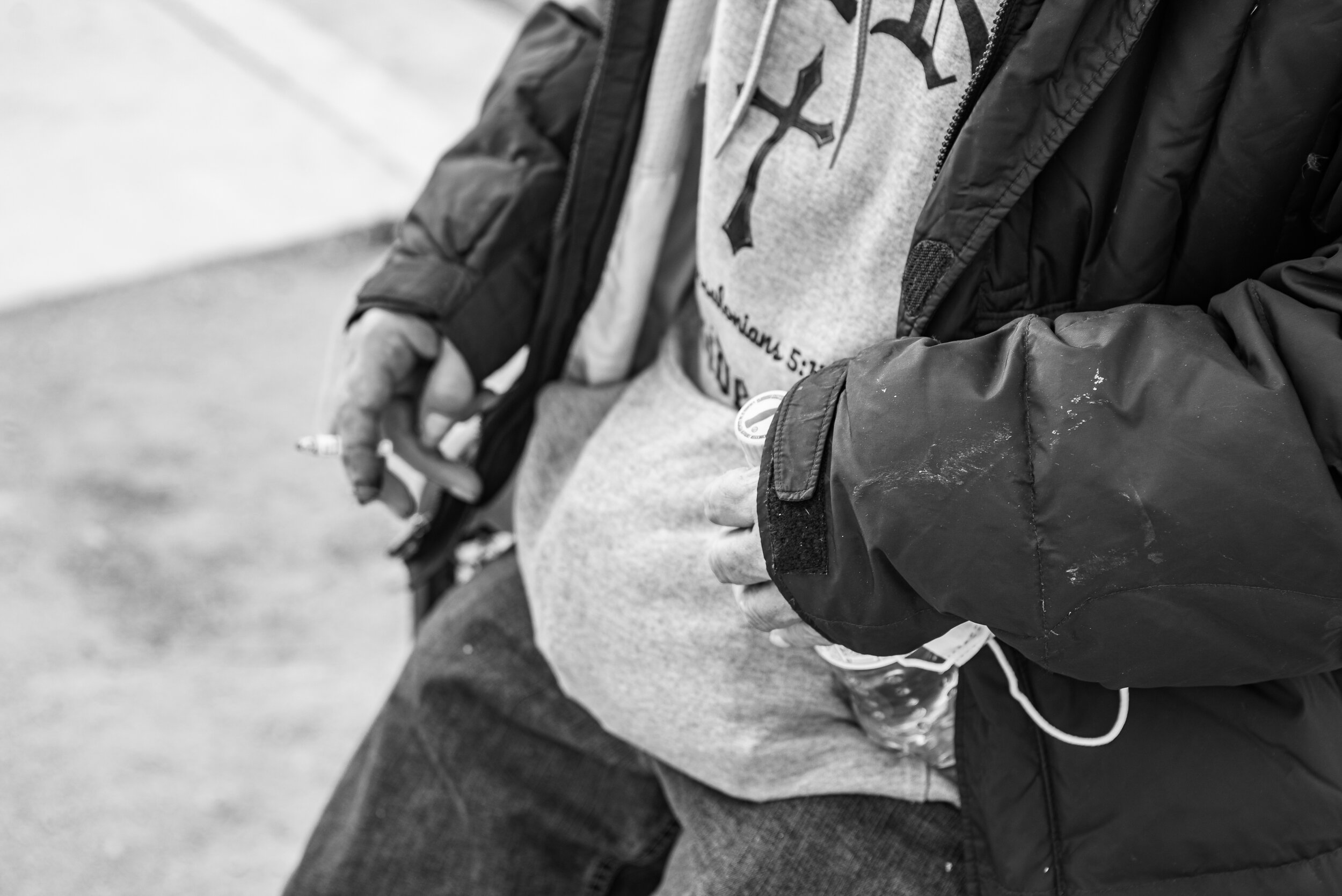Petition coordinator Bridget Tevnan, who works for the Reno Food Systems and helps with local mutual and direct aid movements, explained that after the recent sweeps at Fisherman’s Park, Wells Ave. and the notices at N. Edison and Mill for expulsions next week, enough is enough.
“It’s traumatic to be displaced in that way. When we think about the way that we're splitting up these communities and their support networks, that's really harmful. Social workers are losing touch with the people they're working with,” Tevnan said.
The N Edison and Mill encampment is on land partly owned by the Truckee River Flood Management Authority, which Tevnan believes could easily be converted into an emergency temporary legal safe camp, given it was apparently already a spot for COVID FEMA trailers .
“This is an emergency housing situation,” Tevnan said. “Why not let the people stay there ? The precedent has been set for using that land for emergency housing and we don't see why they couldn't use it for emergency camping and put, you know, trash cans and toilets down there … at least have people have a safe, sanctioned place to stay until the Cares Campus is fully open and operational. Again, there might just be a disconnect between talking to the people who need the service and what the city thinks should be done. ”
Our Town Reno recently asked to get a tour during open hours.
Advocates have been helping neighbors without stable shelter go try the new Nevada Cares campus as well, but Tevnan said that people must understand the massive shelter is not for everyone.
“A lot of folks, they’ve had very negative experiences at shelters, you know, they've experienced theft, violence. And then, they're just not really environments conducive to well being,” Tevnan said.
Many people had been hoping for the Washoe County run safe camp at the new compound instead, which hasn’t opened yet, and which seems will be smaller than expected.
“I've heard of mixed numbers. I've heard as low as 40 and then up to a hundred. So that is very unclear,” Tevnan said.
The number one request on the petition is : “A complete stop to the sweeps until the Nevada CARES Campus Safe Camp is fully open (with promised mental health care, addiction counseling, transportation, and workforce development), and a stop to sweeps again, if the Safe Camp becomes full.”
The setup of this COVID Cares Act funded initiative seems rushed to many, including Tevnan, and without proper input.
“I think kind of a major flaw in our political system is just that people are unwilling to admit when something isn't working,” Tevnan said. “You know, we don't expect them to have come up with a perfect plan, although I think they could've come up with a better plan if they had been speaking to people who are living in these conditions, that they have the place at the table and advocates too. Advocates have been kind of raising these concerns all along the way. You know, a healthy dose of humility might help, because the abject suffering that we're witnessing hasn't triggered some kind of empathetic, more compassionate response.”
People staying and working at the campus have complained about the lack of laundry services there, as well as administrative hurdles to get pets accepted, and the quality of the food being served.
Tevnan said one man she brought the campus twice was disappointed with the experience. “He tried again, and, you know, he just wasn't able to you know, work it up within himself to stay in the bed option because it felt so uncomfortable,” Tevnan said of his overall experience.





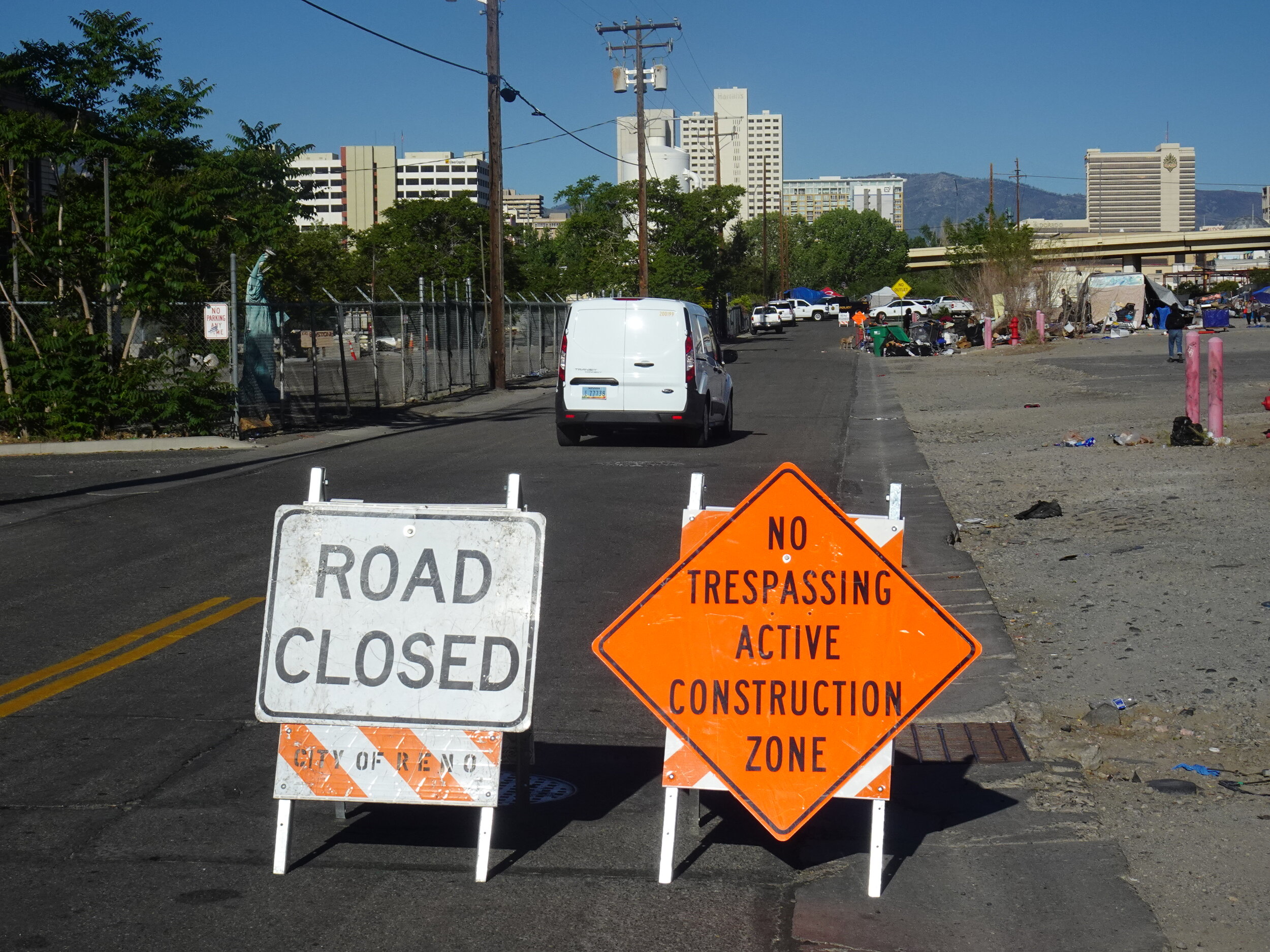

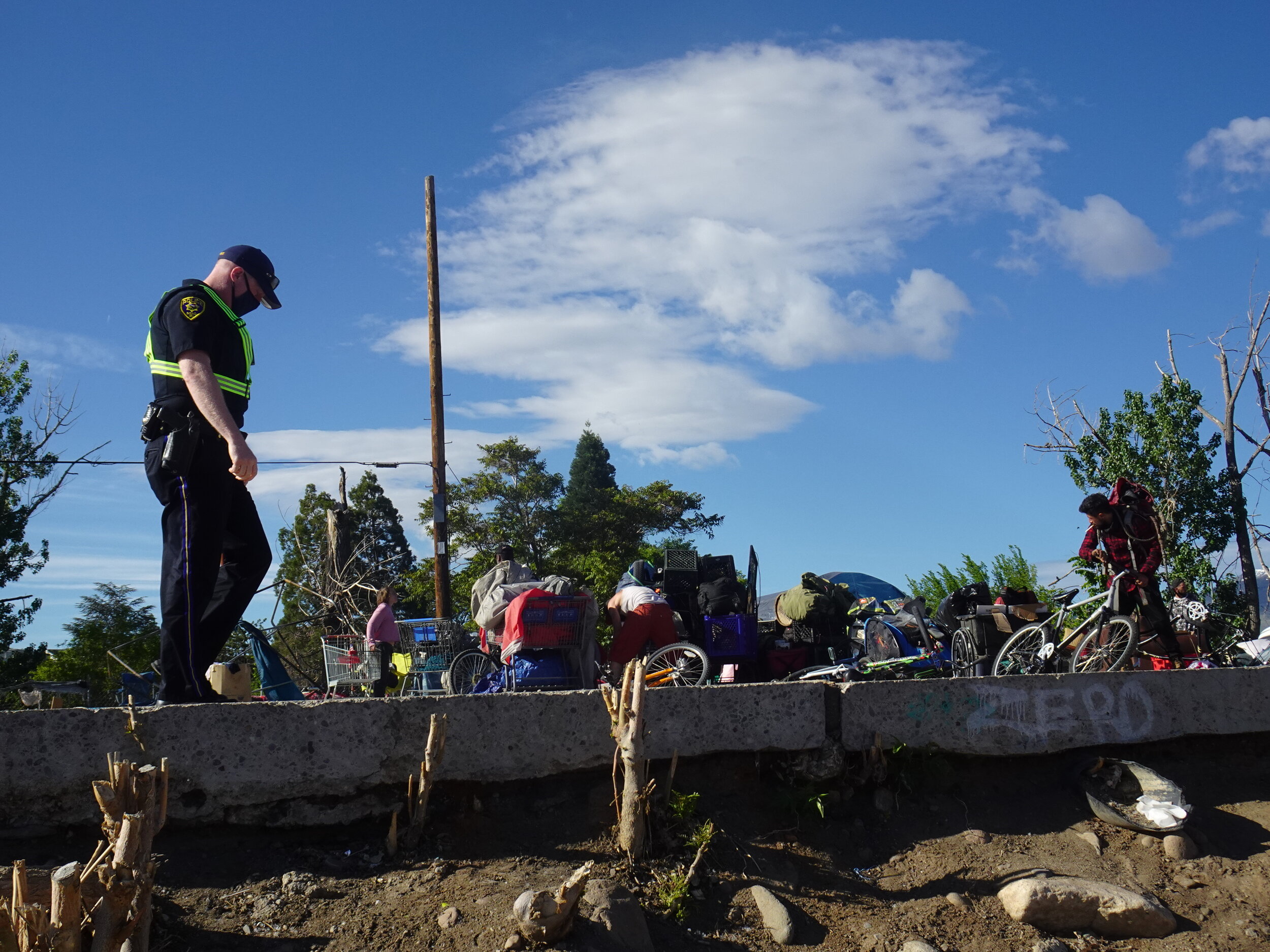
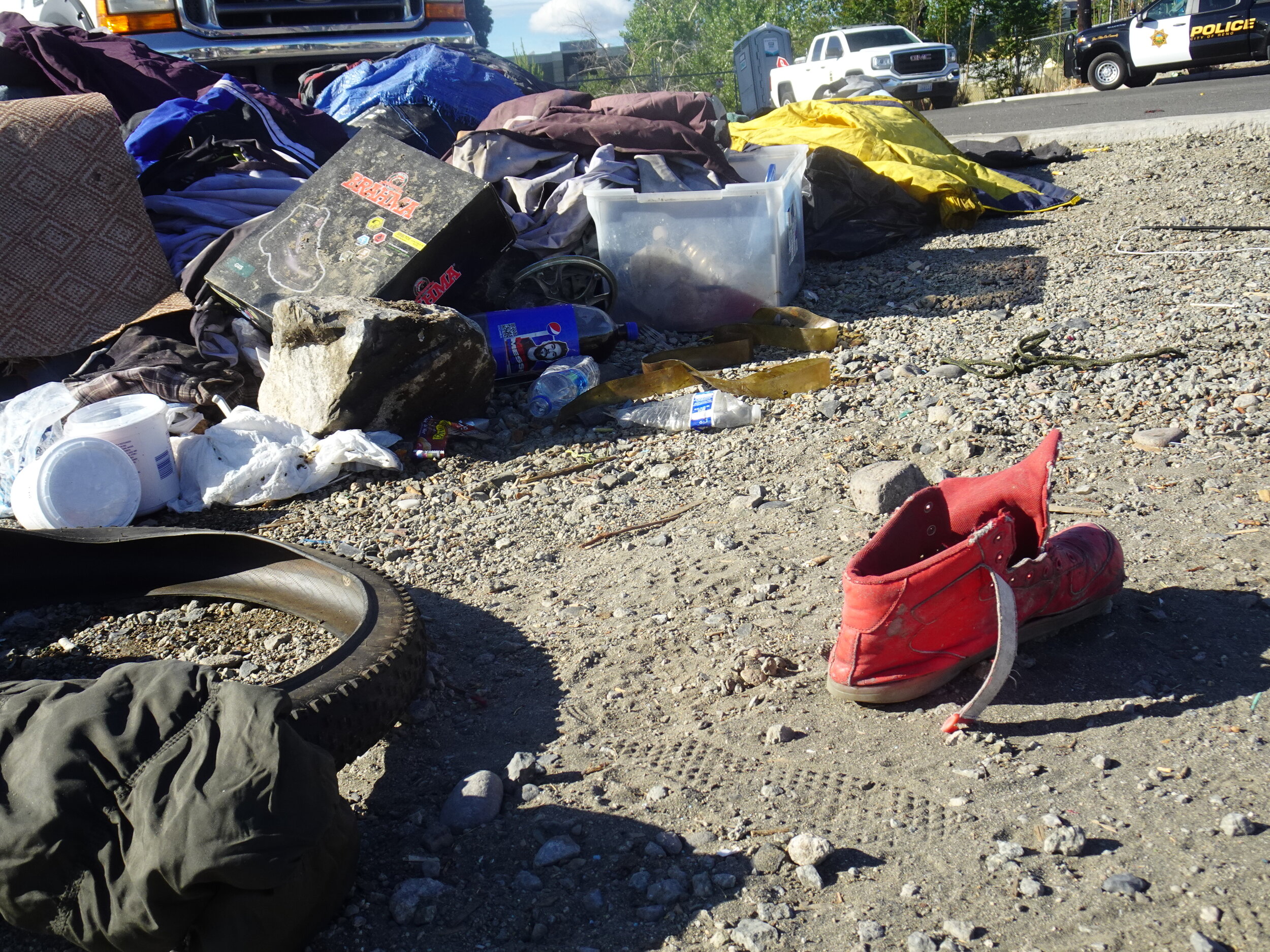
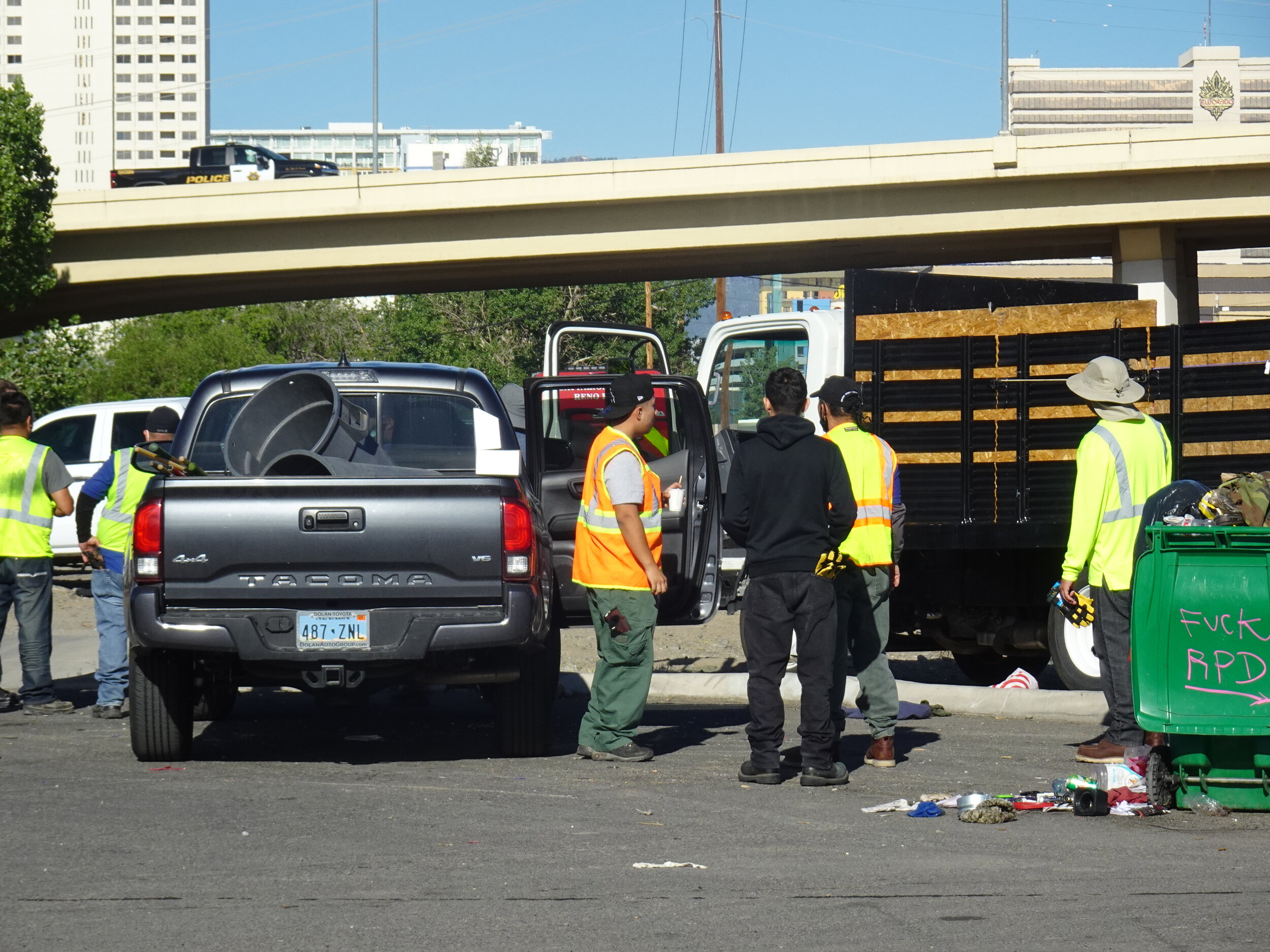
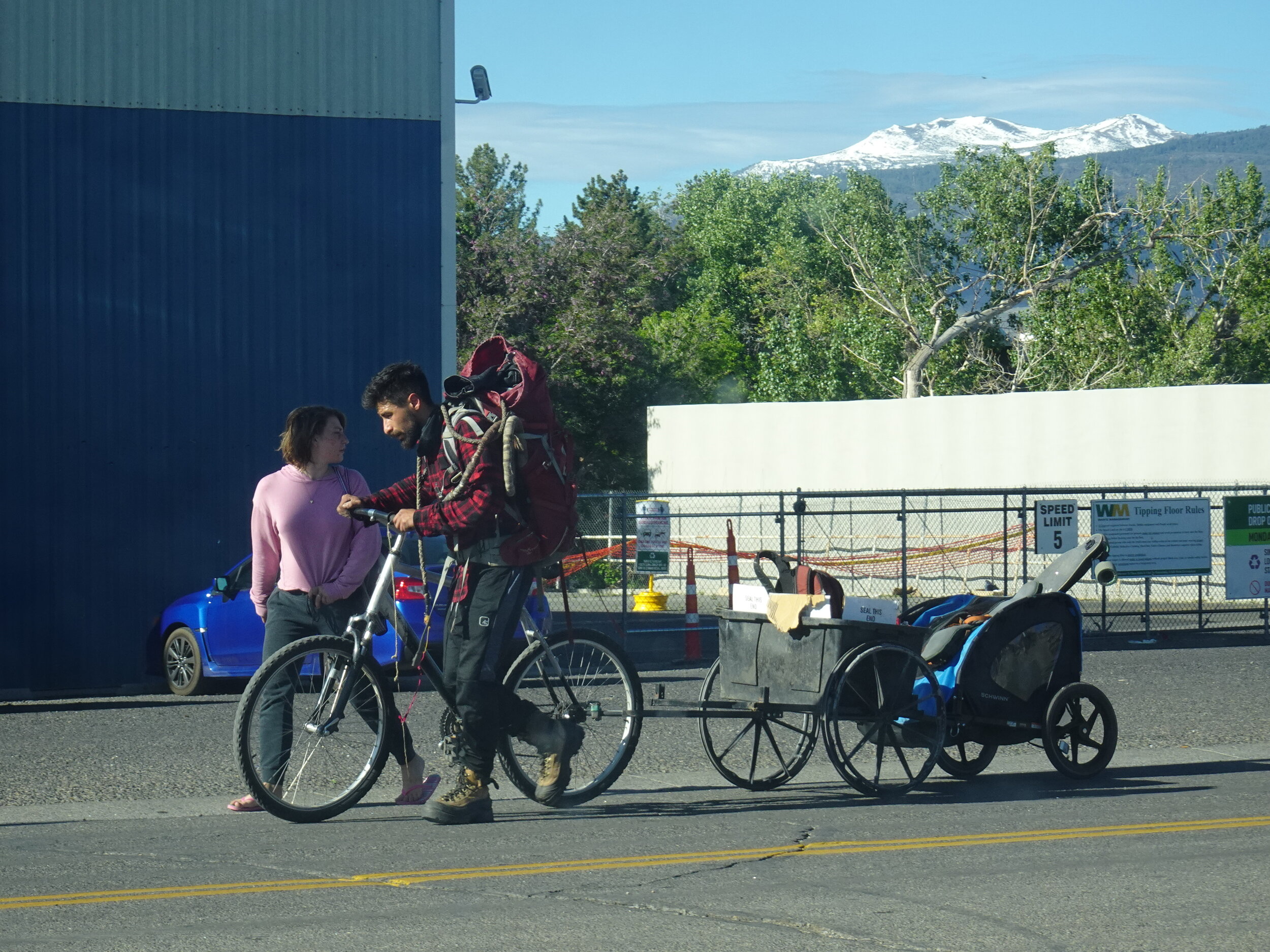
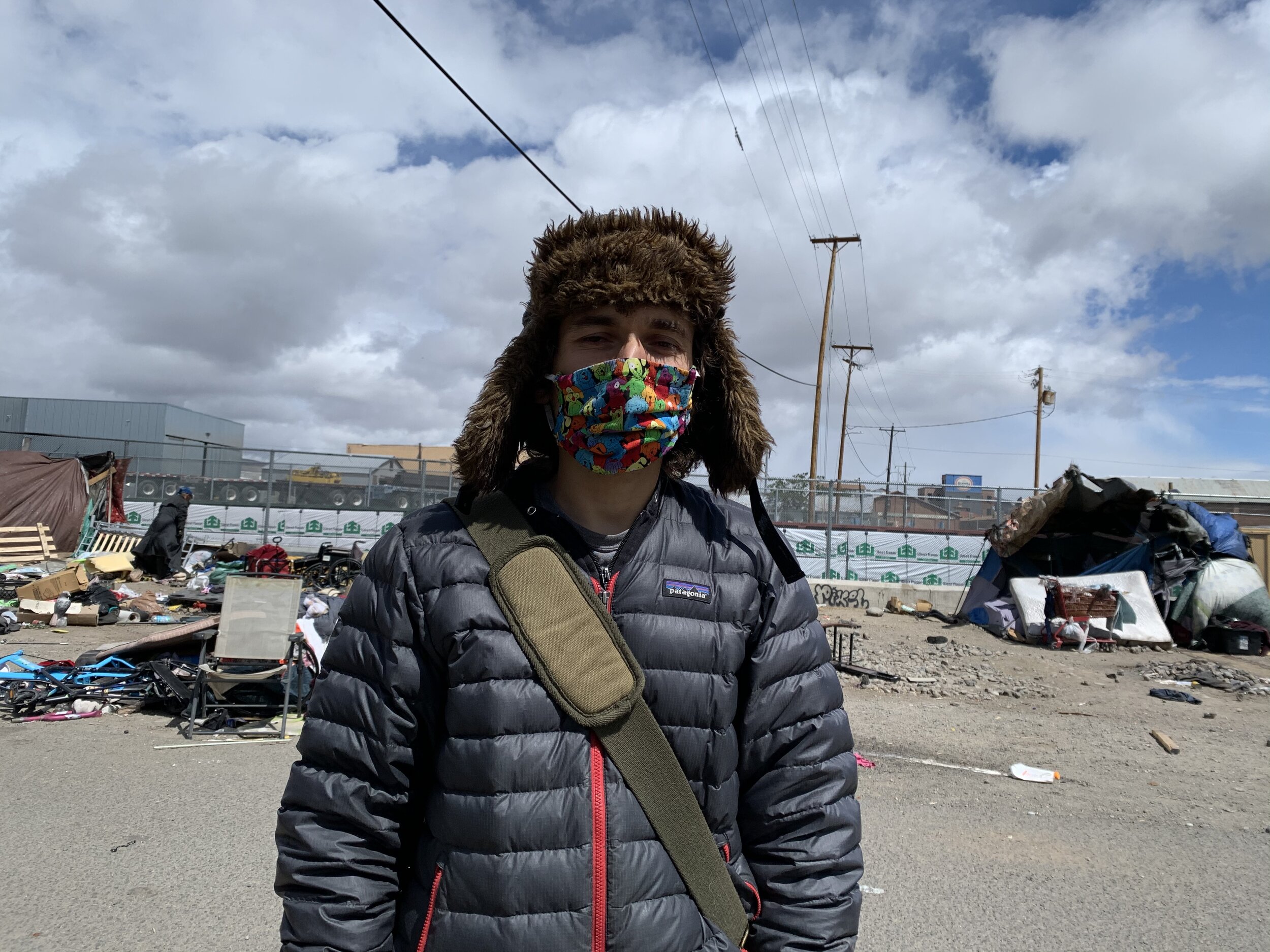




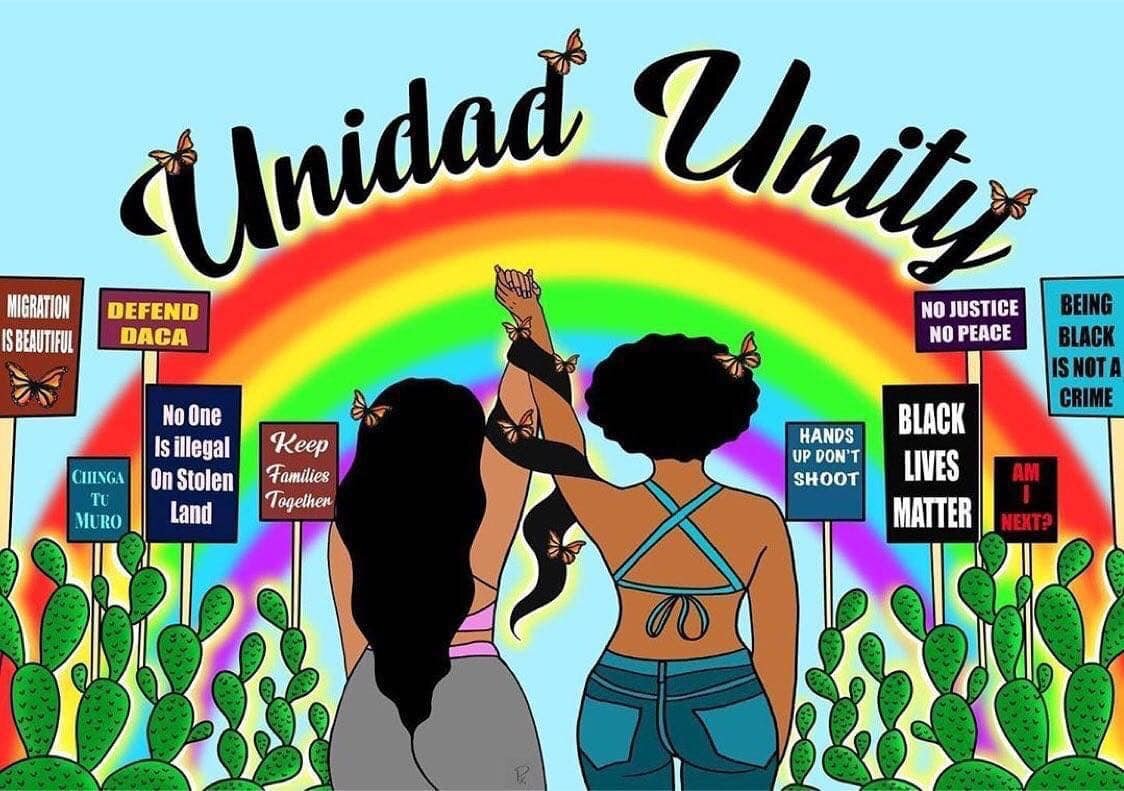
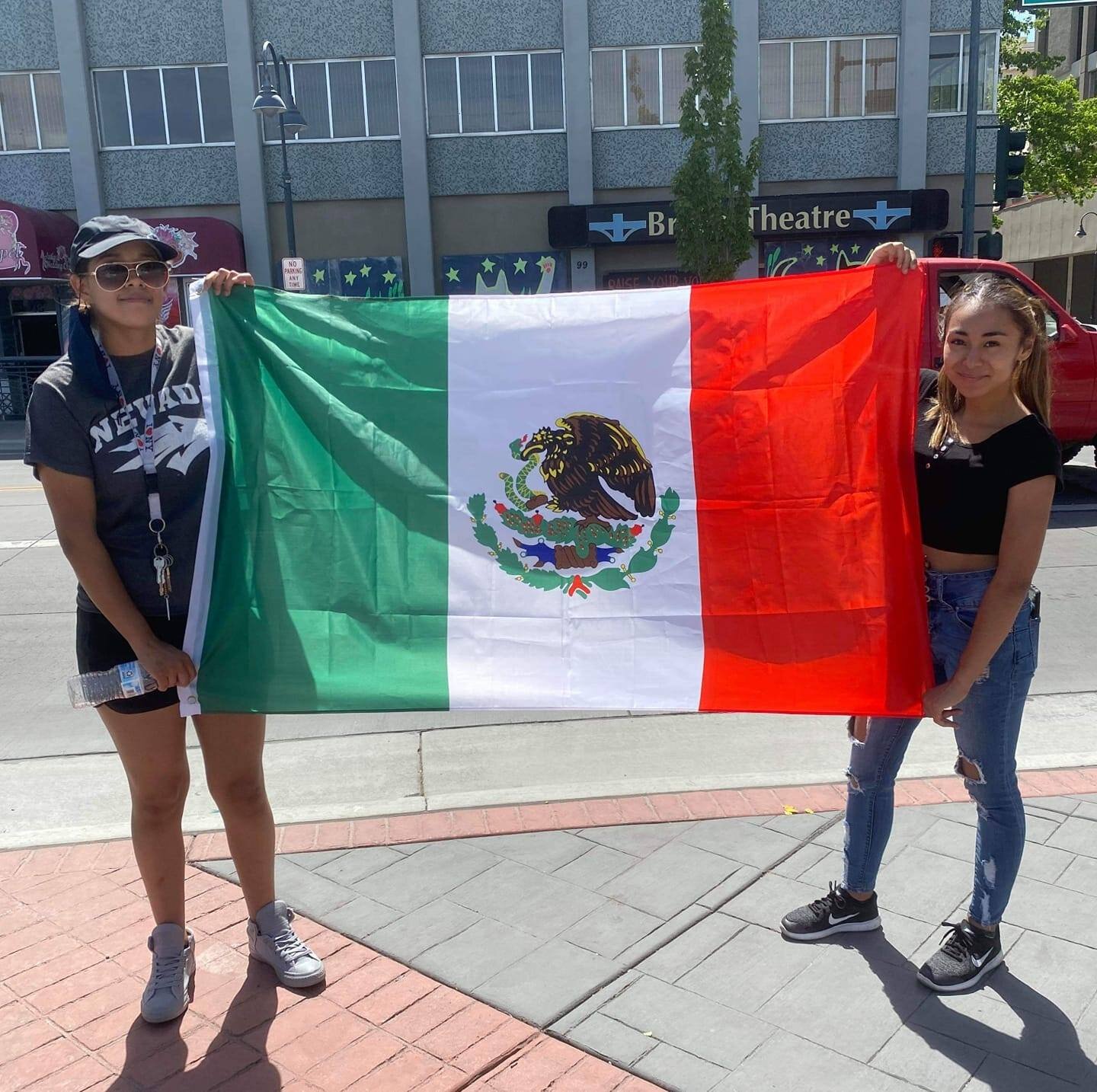






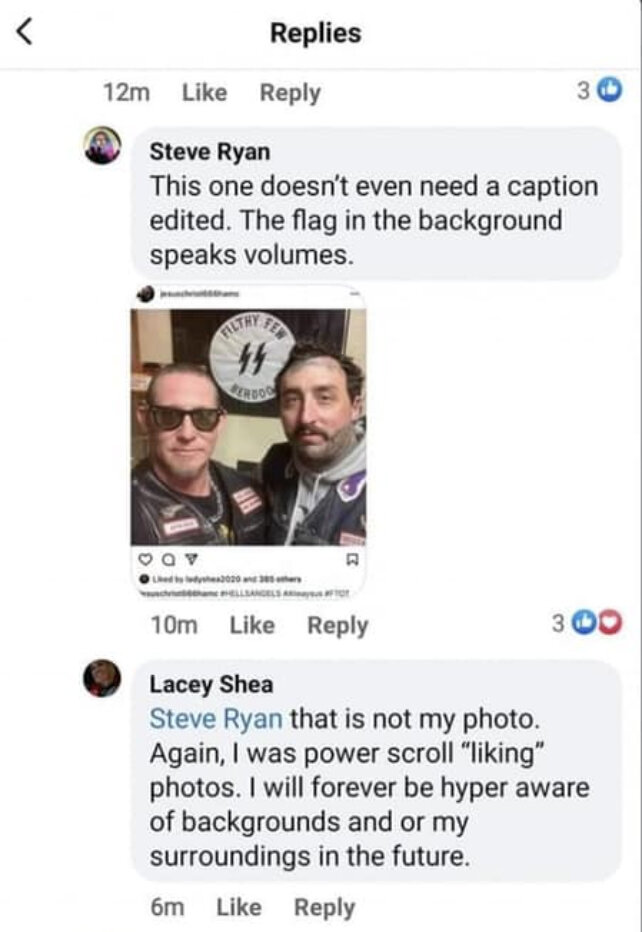









![“[Reno] is changing rapidly. And I saw that being here and everyone I talked to, they are being here for 10, 20, 30 years. They described the city today, nothing to do with the city that they knew when they moved here initially. And you know, all th…](https://images.squarespace-cdn.com/content/v1/5675d221cbced60a236e28b8/1618245728339-2LT1CXMA51MRNBDJD89U/20210312-March-Street-BednarskiR-8682.jpeg)





